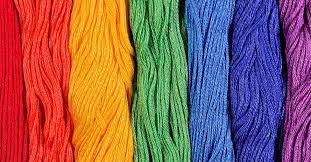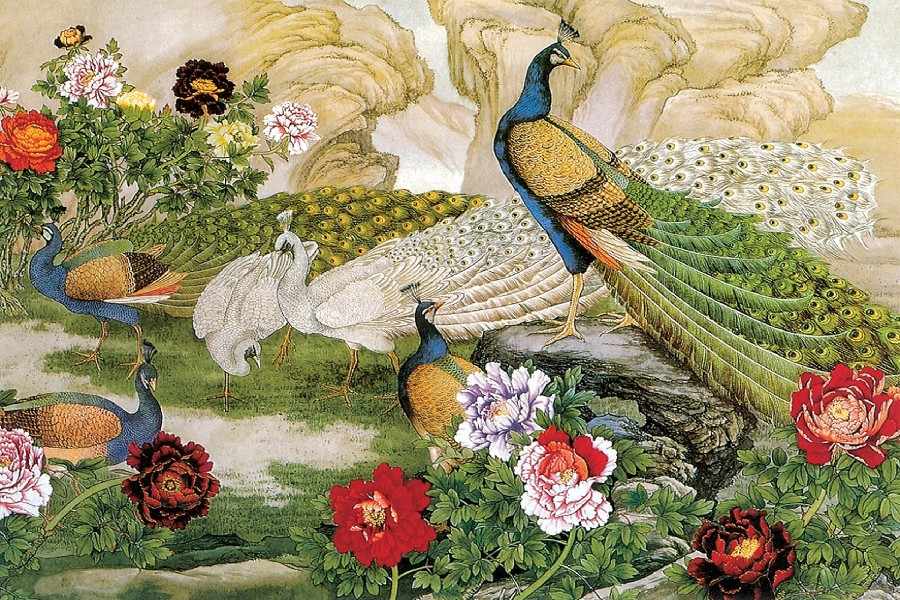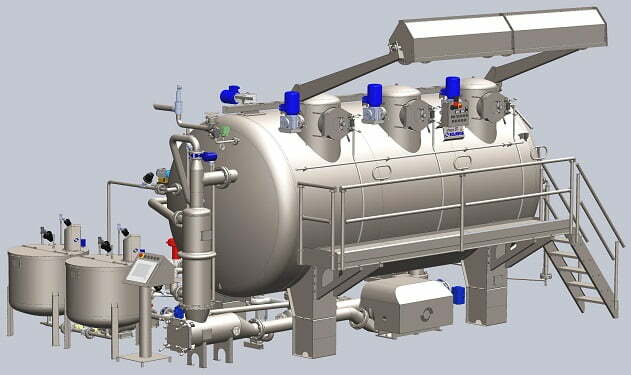Process Flow-Chart for Wet-processing:
Grey Textiles (fibre/yarn/fabric)
🔻
Pre-treatment (Singeing, De-sizing, Scouring, Bleaching, Mercerizing)
🔻
Coloration (Dyeing/Printing)
🔻
Finishing/ After treatments
🔻
Dyes: Dyes/pigments are generally colouring materials for dyeing operation. There are various types of dyes & pigments for the coloration of textiles. Or, Dyes are colouring materials used in coloration of textiles. Most of the dyes are organic compound. They may be soluble or insoluble in water. Or, Dyes can also be defined as coloured, unsaturated organic chemical compounds capable of giving colour to substrate (textile) i.e. colouring or dyeing it.
Dyeing: Dyeing is a process of thorough coloration of textiles. The objective is to produce uniform coloration on a substrate usually to match a pre-selected colour. Or, Dyeing may also be defined as a distribution process in which the dye or pigment is distributed at least two phases or phase systems i.e. the dyes/pigment bath or solution & the textile material.
The Dyeing of textiles is usually understood to mean giving them a colour which is of comparative permanence. This implies that it should not be possible to wash the colour out easily in laundering, nor should it fade rapidly when exposed to light. The condition of permanence distinguishes dyeing from tinting (when the material is given a colour which is very easily removed with a detergent and water). Yarns are tinted occasionally so that different counts and qualities can be identified during waving or knitting or any operation which precede dyeing.
What is Pigment?
Pigments are insoluble colouring materials, mostly of mineral origin, have been used for coloration of metal, wood, stone & textile materials. It is a substance that can absorb light and reflect some lights to show colour. Normally it is used for printing (with the presence of binder) or mass-coloration of the synthetic fibres.
Examples of pigments are Quinacridone, Di-oxazine, Pyrocoline etc.
Difference between Dyes and Pigments?
Dyes | Pigments |
1. All the dyes are soluble in water or must be made soluble during dyeing. | 1. Pigments are insoluble in water. |
2. Dyes have affinity for fibres. | 2. Pigments have no affinity for fibres. |
3. All the dyes are applied through aqueous medium. | 3. Pigments are applied through adhesive or binder medium. |
4. All dyes are organic and few are organo-metallic. | 4. Most pigments are metallic or organo-metallic. |
Texpedi.com
Check out these related articles:








